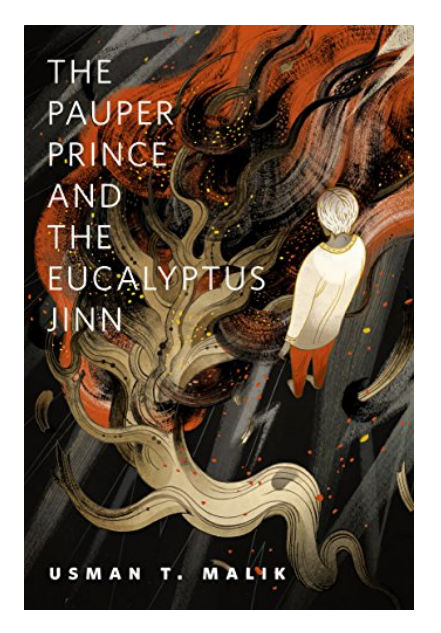
The mystery in The Pauper Prince and the Eucalyptus Jinn is not only embedded in its title but also woven throughout its plot and characters. Usman T. Malik’s richly crafted magical world infuses every spark, twist, and enigma, captivating the reader and creating an immersive storytelling experience. I was deeply engrossed in the intricate process of folding and unfolding mysteries, which kept me hooked until the very end.
Although Usman T. Malik claims to be a science fiction writer, his story leans more towards soft science fiction. The narrative oscillates between past and future, with the present serving as the battleground for the characters’ struggles. This temporal shifting invites the reader to navigate multiple timelines simultaneously. The story blends elements of magical realism, making it difficult to categorise strictly as science fiction. However, in South Asian science fiction, the scientific aspects often draw from indigenous folklore, weaving probabilities into reality, such as time travel and extraordinary powers, that seem possible within scientific frameworks. Rettino describes this genre as “weird fiction” because of its reliance on a critical irrealist narrative strategy. As Rettino states, “The weird tends to intrude into daily life, creating disruption and, at times, evoking horror.”
At its core, the story explores themes of generational responsibility and memory loss, which serve as the driving forces behind its plot. It narrates the tale of a jinn who once resided within an eucalyptus tree and was sworn to protect the disinherited Mughal royal family. Zeenat Begum, the last of the Mughal princesses, in order to keep surviving the hard life, opened a tea stall beneath the eucalyptus tree.
Sharif, Salman’s grandfather, who lived in New York, would tell Salman captivating stories about a jinn and the Jam-e-Jaam, the Cup of Heaven—an artifact with extraordinary power to preserve memories of bygone eras and conceal secrets beyond sight and sound. It was the jinn’s duty to safeguard both the cup and Zeenat Begum. While the cup was hidden beneath the eucalyptus tree, Sharif’s stories about the jinn and the tree always remained incomplete or open-ended, sparking curiosity in the young Salman.
After Sharif’s death, Salman discovered his grandfather’s journal entries, which fueled his desire to uncover the truth. Now an adult, Salman travels to Lahore in search of the elusive eucalyptus tree, which had been cut down. Armed with limited clues, he endures considerable effort until he finally locates the site and encounters the real jinn—who has transformed into a man. To break the curse of safeguarding the cup, Salman destroys it, freeing the jinn from his ancestral duty.
However, gazing into the cup and uncovering its hidden secrets exacts a toll: Salman begins to forget the memories that have shaped his life. Despite this, he attempts to preserve these fragments by writing them down in a journal, capturing the glimpses that remain in his mind.
Overall, The Pauper Prince and the Eucalyptus Jinn is a refreshing narrative that explores the burden of generational misery. Its appeal is heightened by the historical references to Mughal princesses, making the story particularly special and resonant.


